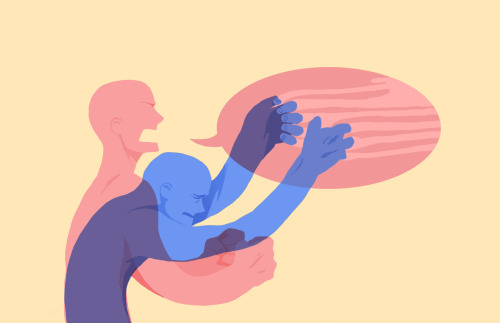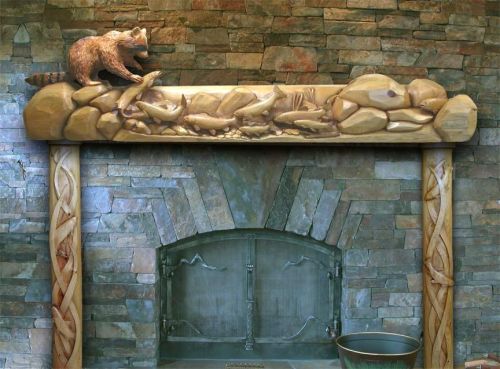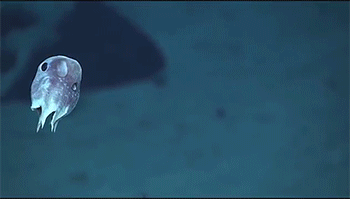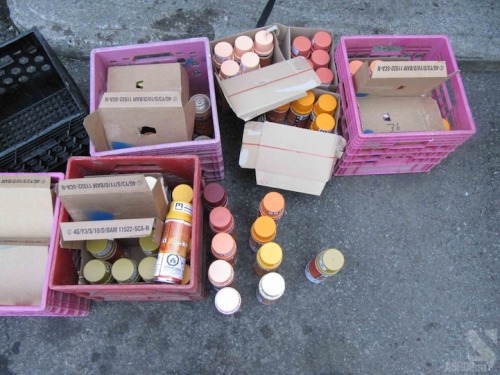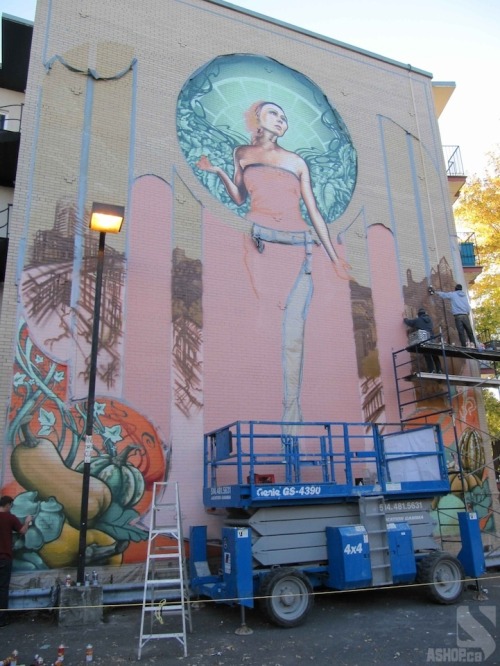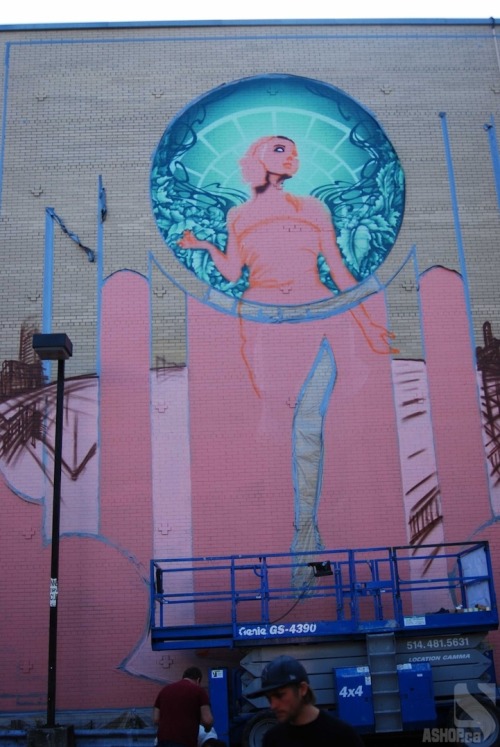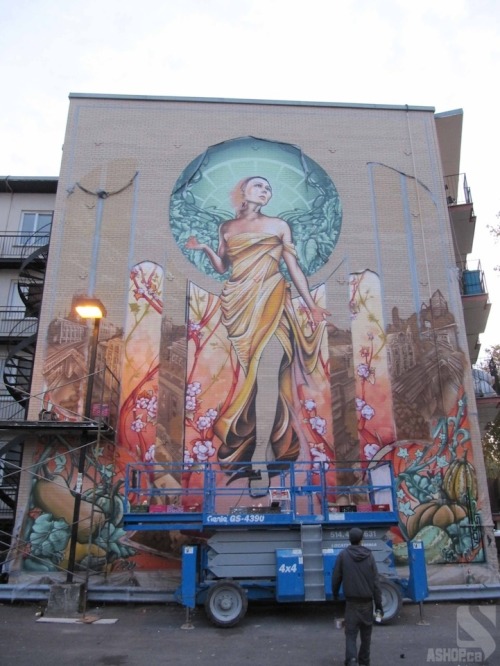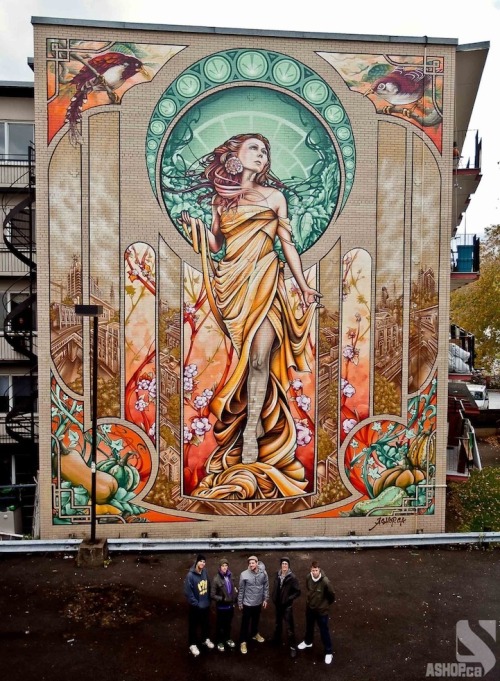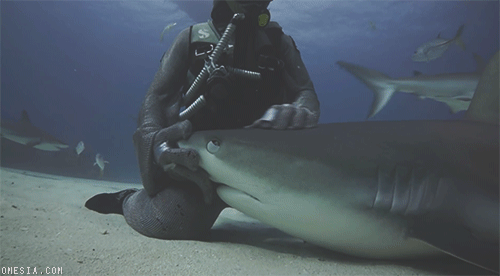Things I like! Quotes from classic literature, nature, photography, other art- especially Vincent van Gogh, archery, and Welcome to Night Vale.
91 posts
Latest Posts by marvelousmellifluousvoice - Page 2
“i’m sad and idk how to feel better”

“i don’t know what to draw”
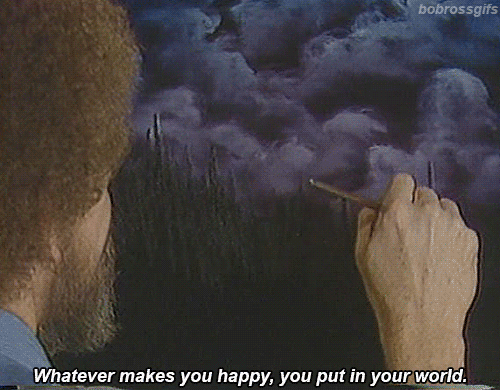
“i always mess up”

“BUT I SUCK”
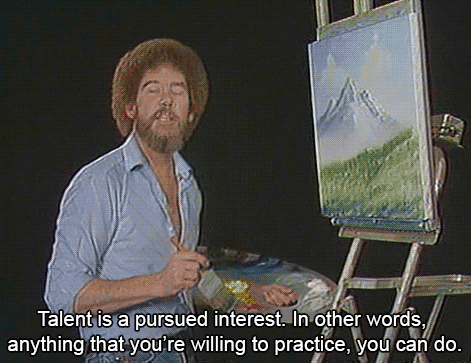

“My father passed away a year before I got married. I wish he could have lived to see me start my own family. After God, he was my god. There was no infrastructure here when I was growing up, so we lived through very hard times and often there was no food. But he’d do whatever he could to make us forget. One night he organized an entire musical. We couldn’t afford instruments so we pretended that we had them. Every one in the family had a role. I was the star.” (Hunza Valley, Pakistan)
![↳ Otp Meme ■ [1/7] Scenes](https://64.media.tumblr.com/e87edf06f759f6001d2dfa4c6c9793f5/tumblr_ns84n9yLBz1rbgu1so8_r1_250.gif)
![↳ Otp Meme ■ [1/7] Scenes](https://64.media.tumblr.com/d582eb0a9ead7f63502c976eba65f613/tumblr_ns84n9yLBz1rbgu1so9_r1_250.gif)
![↳ Otp Meme ■ [1/7] Scenes](https://64.media.tumblr.com/81c0cf8250cea2f3afaa050a46b8c1f5/tumblr_ns84n9yLBz1rbgu1so10_r1_250.gif)
![↳ Otp Meme ■ [1/7] Scenes](https://64.media.tumblr.com/caf34f6cdb986f041f45efebae024732/tumblr_ns84n9yLBz1rbgu1so1_250.gif)
![↳ Otp Meme ■ [1/7] Scenes](https://64.media.tumblr.com/bf148b353975432d795b7851fd2a3461/tumblr_ns84n9yLBz1rbgu1so2_r1_250.gif)
![↳ Otp Meme ■ [1/7] Scenes](https://64.media.tumblr.com/eb3a3602c0cb204d02d49c141ac69cf1/tumblr_ns84n9yLBz1rbgu1so3_r2_250.gif)
![↳ Otp Meme ■ [1/7] Scenes](https://64.media.tumblr.com/1bb96309026ce8e4ea80ba0abca91b89/tumblr_ns84n9yLBz1rbgu1so7_r1_250.gif)
![↳ Otp Meme ■ [1/7] Scenes](https://64.media.tumblr.com/6d0fd83ea431a88425187b8f627f1173/tumblr_ns84n9yLBz1rbgu1so4_r1_250.gif)
![↳ Otp Meme ■ [1/7] Scenes](https://64.media.tumblr.com/95234ac536d1f0fc9c316b592847099f/tumblr_ns84n9yLBz1rbgu1so5_r1_250.gif)
![↳ Otp Meme ■ [1/7] Scenes](https://64.media.tumblr.com/95d606fd488e4e2f06cd4d9531142eff/tumblr_ns84n9yLBz1rbgu1so6_r1_250.gif)
↳ otp meme ■ [1/7] scenes ► “My veil tore. I knew when we were getting married and I’m five months pregnant that I’m not going to be able to wear the dress that I always wanted or high heels–”

The seaside remains of the ancient Greek theatre at Apollonia, Cyrenaica.
Photo taken by David Stanley.

Parchment holes in manuscript repaired using embroidery circa 1417, currently in University Library Uppsala, Sweden

Just love this one!
Another really beautiful Sam and Dean art by Lasakura. <33

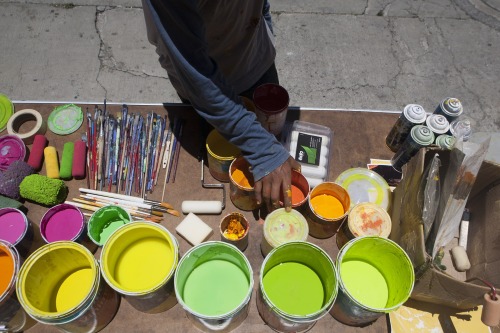

Mexico’s largest mural brightens up town | See full gallery
In Pachuca, Mexico, hundreds of houses serve as the canvas for what has been called the country’s largest mural. Each colorfully painted house plays a part in the mosaic – serving the project’s goal of bringing the community together.
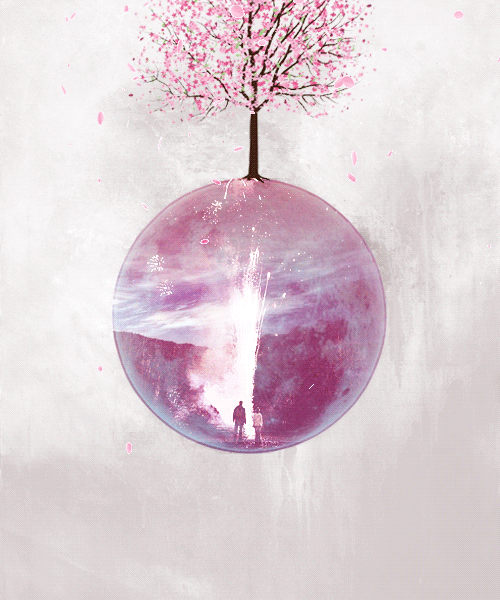
We reached the dizzy heights of that dreamed of world.
Sam & Dean Graphic Challenge | rosetylr vs. sycophantcas ↳ Prompt: 5x16 Dark Side Of The Moon + High Hopes (Pink Floyd)
The bigger the issue, the smaller you write. Remember that. You don’t write about the horrors of war. No. You write about a kid’s burnt socks lying on the road. You pick the smallest manageable part of the big thing, and you work off the resonance.
Richard Price (via redqueenofbookland)
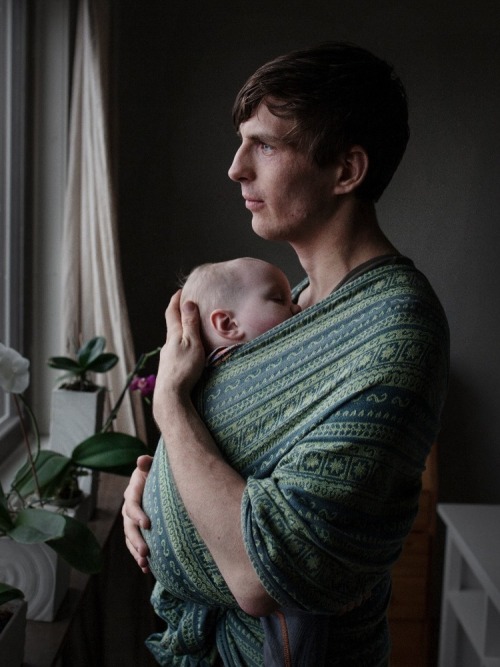
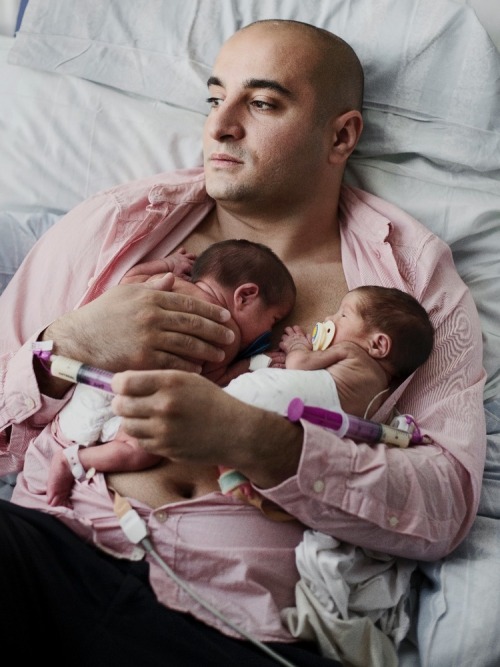
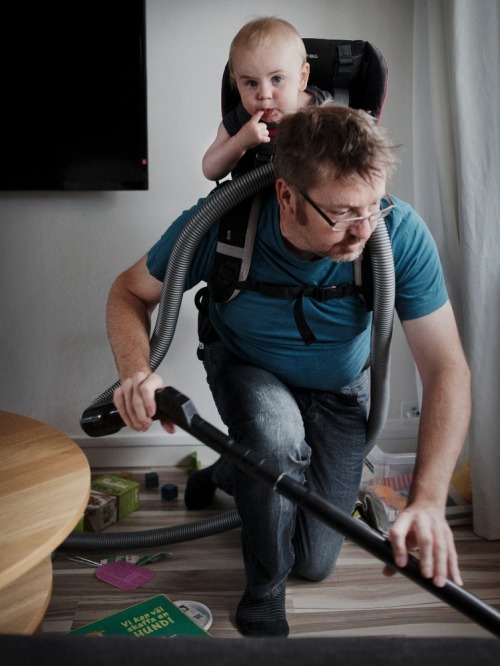

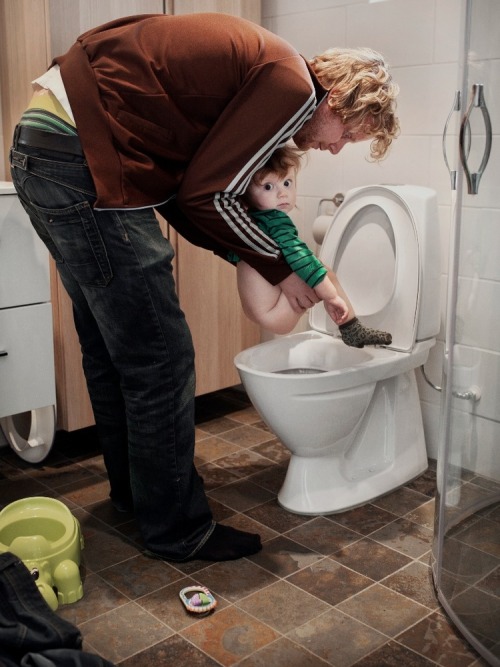
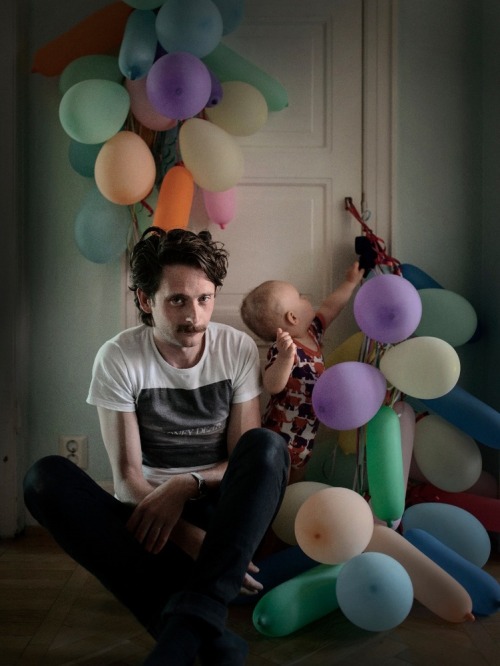



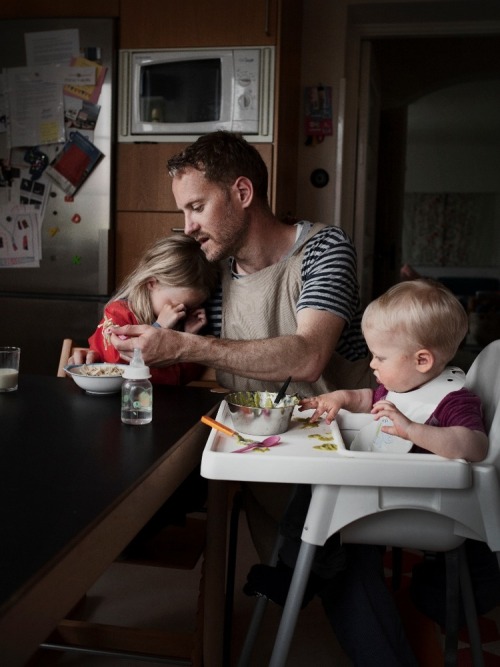
Johan Bävman: Swedish Dads
No other country provides such generous terms of parental leave as Sweden. The current system allows both parents to stay at home with their child during 480 days in total, while receiving an allowance from the State. Out of these 480 days, 60 must be taken by the father or else are lost.
Loui, an artist, took leave for one year to be with his son Elling:
“There was never any discussion about who should stay with Elling. That we would split parental leave more or less equal has always been obvious to us. Had I not had the opportunity to be at home with our son for almost a year, I would probably not have known who he is as a person and what his needs are.”
The purpose of this allocation is to improve gender equality. In order to promote a more equal sharing of parental leave between men and women, a so called “equality bonus” has also been introduced. The more days that are shared between parents, the higher the bonus—it’s possible to receive up to 1, 500 euros.
In spite of the generous allowance and cash incentives, only a fraction of Sweden’s dads use all of their 60 allocated days of parental leave. Even fewer parents choose to share the days equally between mother and father.
These portraits seek to examine the relationship between father and child, highlighting the bond built over stretches of time spent together, and the benefits of taking time off work for family.
—Johan Bävman

Your Horoscopes — Week Of August 4, 2015
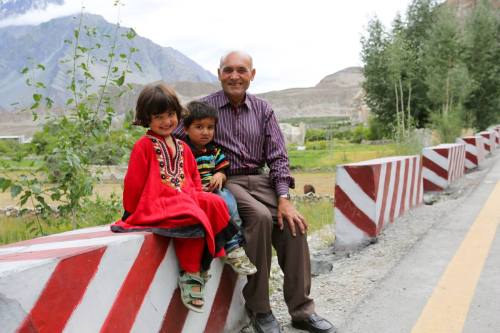
“We lost their mother to a heart attack recently. And their father is overseas trying to find a job. So I’m currently Grandpa, Grandma, Mom, and Dad. Luckily I have five children and eighteen grandchildren, so I’m very experienced. There’s actually one more child at home—he’s eight years old. And none of them can fall asleep unless they are lying next to me. So I have to put the oldest one to sleep first. Then I get up quietly, and lie down between the other two. The only problem is sometimes they fall asleep on top of me.” (Passu, Pakistan)

“There were no paved roads here when I was a boy. We had to walk for 3 days to get to places that only take 2 hours now. There was never any money for school. We had no wealth or property. Beginning at six years old, I cleaned dishes at a restaurant until 9 pm. Then I would go to sleep and start again. All my money went to my parents. I’d hear stories about cities and airplanes, but they seemed like fairy tales. I’d dream of visiting these places, but before I could get too far, I’d be hungry again. So I grew up thinking that the entire world was like our valley. I thought all children lived like me. Then one day when I turned 16, I had the opportunity to visit to the city of Gilgit. I couldn’t believe it. I saw a boy eating at a restaurant with his father. He was my age. He was wearing a school uniform. I broke down in tears.” (Hunza Valley, Pakistan)
kill the idea that being an adult is horrible
getting old and dying is awful, sure, but before that even happens there’s like a good 50-60 years of your life you’re dismissing that will be spent creating and doing and accomplishing and growing and becoming who you really are
kill the idea that life ends after 30. you’re only just beginning.
https://www.youtube.com/embed/9QlDX8mPAcc?feature=oembed
I love Amanda so much. This is an animation that uses a voice memo from her phone of a conversation she had with me while I was asleep (I can have conversations while I am asleep, I am told by people who have tried it).
She found the message she had left for herself on her phone a year or so after she’d left it, and played it to me. I said it sounded like an animated film, and she agreed, and used her Patreon to make it happen…
Only watch it if you want to know what the inside of my head is probably like while I am asleep.
(via https://www.youtube.com/watch?v=9QlDX8mPAcc)
A doctor discovers an important question patients should be asked
This patient isn’t usually mine, but today I’m covering for my partner in our family-practice office, so he has been slipped into my schedule.
Reading his chart, I have an ominous feeling that this visit won’t be simple.
A tall, lanky man with an air of quiet dignity, he is 88. His legs are swollen, and merely talking makes him short of breath.
He suffers from both congestive heart failure and renal failure. It’s a medical Catch-22: When one condition is treated and gets better, the other condition gets worse. His past year has been an endless cycle of medication adjustments carried out by dueling specialists and punctuated by emergency-room visits and hospitalizations.
Hemodialysis would break the medical stalemate, but my patient flatly refuses it. Given his frail health, and the discomfort and inconvenience involved, I can’t blame him.
Now his cardiologist has referred him back to us, his primary-care providers. Why send him here and not to the ER? I wonder fleetingly.
With us is his daughter, who has driven from Philadelphia, an hour away. She seems dutiful but wary, awaiting the clinical wisdom of yet another doctor.
After 30 years of practice, I know that I can’t possibly solve this man’s medical conundrum.
A cardiologist and a nephrologist haven’t been able to help him, I reflect,so how can I? I’m a family doctor, not a magician. I can send him back to the ER, and they’ll admit him to the hospital. But that will just continue the cycle… .
Still, my first instinct is to do something to improve the functioning of his heart and kidneys. I start mulling over the possibilities, knowing all the while that it’s useless to try.
Then I remember a visiting palliative-care physician’s words about caring for the fragile elderly: “We forget to ask patients what they want from their care. What are their goals?”
I pause, then look this frail, dignified man in the eye.
“What are your goals for your care?” I ask. “How can I help you?”
The patient’s desire
My intuition tells me that he, like many patients in their 80s, harbors a fund of hard-won wisdom.
He won’t ask me to fix his kidneys or his heart, I think. He’ll say something noble and poignant: “I’d like to see my great-granddaughter get married next spring,” or “Help me to live long enough so that my wife and I can celebrate our 60th wedding anniversary.”
His daughter, looking tense, also faces her father and waits.
“I would like to be able to walk without falling,” he says. “Falling is horrible.”
This catches me off guard.
That’s all?
But it makes perfect sense. With challenging medical conditions commanding his caregivers’ attention, something as simple as walking is easily overlooked.
A wonderful geriatric nurse practitioner’s words come to mind: “Our goal for younger people is to help them live long and healthy lives; our goal for older patients should be to maximize their function.”
Suddenly I feel that I may be able to help, after all.
“We can order physical therapy — and there’s no need to admit you to the hospital for that,” I suggest, unsure of how this will go over.
He smiles. His daughter sighs with relief.
“He really wants to stay at home,” she says matter-of-factly.
As new as our doctor-patient relationship is, I feel emboldened to tackle the big, unspoken question looming over us.
“I know that you’ve decided against dialysis, and I can understand your decision,” I say. “And with your heart failure getting worse, your health is unlikely to improve.”
He nods.
“We have services designed to help keep you comfortable for whatever time you have left,” I venture. “And you could stay at home.”
Again, his daughter looks relieved. And he seems … well … surprisingly fine with the plan.
I call our hospice service, arranging for a nurse to visit him later today to set up physical therapy and to begin plans to help him to stay comfortable — at home.
Back home
Although I never see him again, over the next few months I sign the order forms faxed by his hospice nurses. I speak once with his granddaughter. It’s somewhat hard on his wife to have him die at home, she says, but he’s adamant that he wants to stay there.
A faxed request for sublingual morphine (used in the terminal stages of dying) prompts me to call to check up on him.
The nurse confirms that he is near death.
I feel a twinge of misgiving: Is his family happy with the process that I set in place? Does our one brief encounter qualify me to be his primary-care provider? Should I visit them all at home?
Two days later, and two months after we first met, I fill out his death certificate.
Looking back, I reflect: He didn’t go back to the hospital, he had no more falls, and he died at home, which is what he wanted. But I wonder if his wife felt the same.
Several months later, a new name appears on my patient schedule: It’s his wife.
“My family all thought I should see you,” she explains.
She, too, is in her late 80s and frail, but independent and mentally sharp. Yes, she is grieving the loss of her husband, and she’s lost some weight. No, she isn’t depressed. Her husband died peacefully at home, and it felt like the right thing for everyone.
“He liked you,” she says.She’s suffering from fatigue and anemia. About a year ago, a hematologist diagnosed her with myelodysplasia (a bone marrow failure, often terminal). But six months back, she stopped going for medical care.
I ask why.
“They were just doing more and more tests,” she says. “And I wasn’t getting any better.”
Now I know what to do. I look her in the eye and ask:
“What are your goals for your care, and how can I help you?”
-Mitch Kaminski
Source
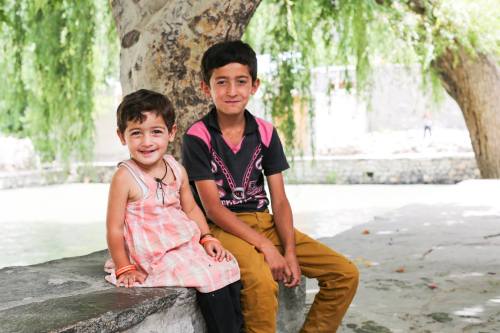
“What’s your favorite thing about your sister?” “Her happiness.” (Hunza Valley, Pakistan)
Do you have any advice for people to be able to help their loved ones who self harm?
I do actually, read here. It’s on my blog x

“I grew up in the village behind me. It’s very beautiful here but there are few opportunities. Whenever I think about my children’s prospects, I grow sad. I have nothing to provide for them so they’ll probably end up like me, taking whatever work they can just to survive. My parents died when I was ten. I went to live with my aunt and my uncle. They never gave me grief. They never made me feel bad. But they were also poor, and every time we sat down to eat, I felt like I was stealing from their family. The guilt grew so bad that when I turned 15, I tried to build a shed for myself. I lived there for about six months. But then the winter came. And eventually the cold grew stronger than the guilt.” (Hunza Valley, Pakistan)

No one at GeekyCon cosplayed as Hiram McDaniels, but we did meet a cool fan that wore an amazing Frank Chen costume.


